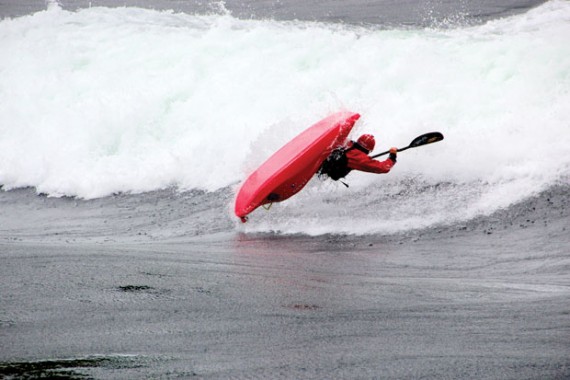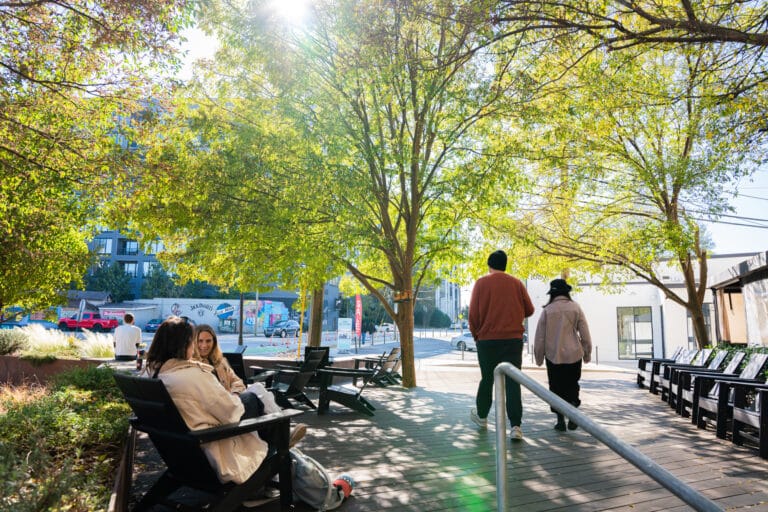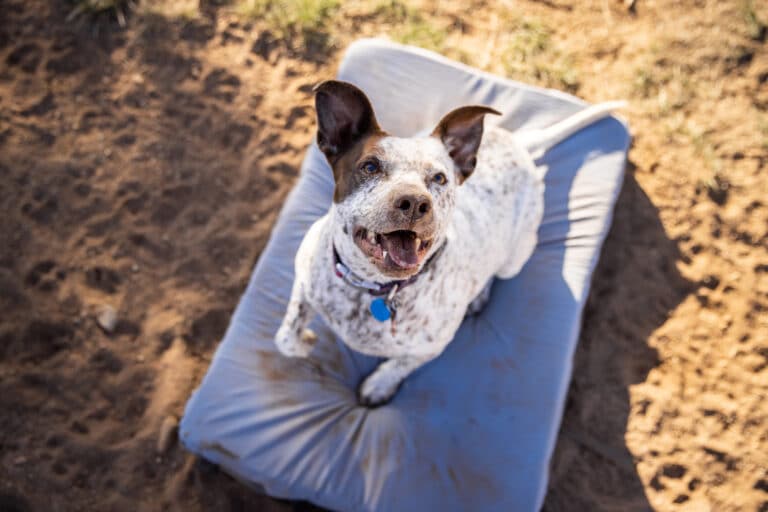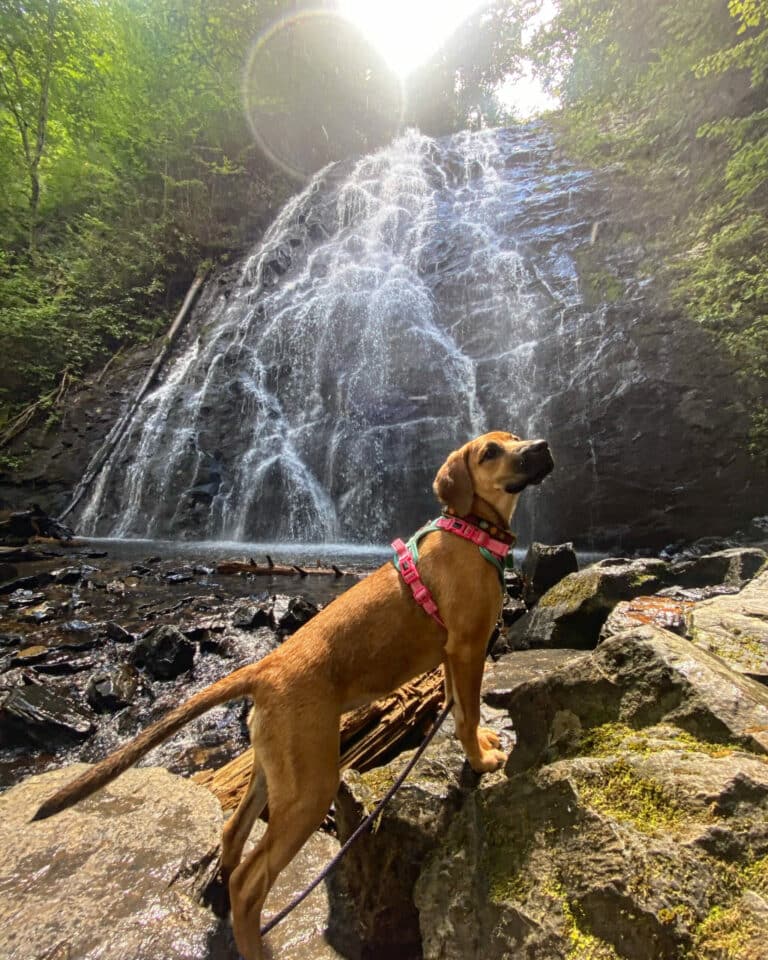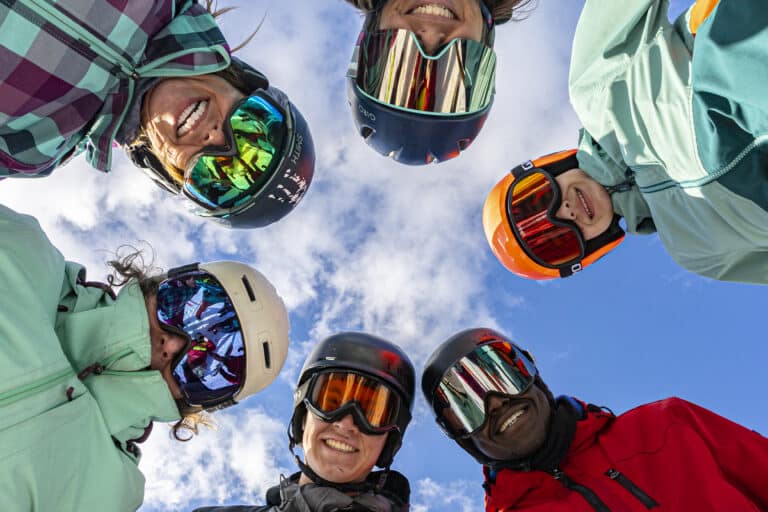One liquid lover’s quest to immerse himself in every water sport.
Water is my lifeblood. As a kid, I fished, swam, canoed, windsurfed, rowed, sailed, and kayaked. At night, I fell asleep to the sound of lake waves lapping on the pebble beach outside my bedroom window. Sometimes I took a surfboard out with a canoe paddle and ferried rocks back and forth across the property with our family’s trusty black lab riding with me. I yanked water snakes out of the rocks with a fearlessness that only accompanies youth, and I hit the pool slide in my birthday suit because I could slide so much faster.
Hawaiians embrace this water-centric mentality and have infused it into their island life. A waterman in Hawaii is a versatile athlete who is capable of selecting between various ocean sports depending on the conditions. Arguably the pioneer of the waterman movement was Duke Kahanamoku, a five-time Olympic-medal swimmer and surfer. His torch is carried on by household names such as Laird Hamilton, Dave Kalama, Kai Lenny, and other Hawaiians who can be found surfing, swimming, kiteboarding, and windsurfing. These people acknowledge the role of water in their survival, and celebrate its presence in their lives by immersing themselves in it every day.
Without knowing it, I was chasing the waterman way of life my entire childhood. When I was 11 years old, however, I did something that made me realize that I had only scratched the surface. I went whitewater kayaking.
As my boat carved into the current that day, the world was new again, and it was as if I had stepped out of the confines of a small room to witness the beauty of a larger universe all around. Moving water is an infinitely dynamic force, always changing and powerful far beyond the scope of our understanding. It makes us feel small and inconsequential, and in the fast-paced world that we live in, it’s healthy to be humbled like that.
And humbled I was. Being upside down in a kayak is a feeling of helplessness that few things can match. Thrown suddenly into a dark and chaotic world, it felt as if I could barely hold onto my paddle, much less set up for the precise eskimo roll stroke. The panic was uncontrollable, and I constantly bailed on my boat and took my chances swimming. However, once I relaxed a bit and allowed my body to use the energy of the water, I realized that it took very little effort to snap the boat back upright and into the sunlight. Once this confidence took hold, my skill and love for the sport only grew.
The waterman quest intensified as I slipped into my teenage years, and it shifted almost completely to mountain rivers. I found myself gazing up at drainages between the peaks, wondering what rapids and waterfalls those rivers held. I looked curiously off of every bridge that I traveled over, and played with Lego kayakers in class instead of focusing on my coursework.
One of my first international paddling trips gave me a special realization: unlike mountain biking or on-piste skiing, the hands of man are not required to travel down the river. Just pick a stream on a map, determine which way it is flowing, and put on. Using New Zealand’s bargain helicopter rates, we chartered flights, flew boats and gear into remote rivers, and paddled through untouched wilderness back to civilization. Once the thump of the helicopter faded, silence returned and there was nothing else to do but start chipping away at the river’s intricate puzzles. We took a cold gulp of clear river water, worked together as a team, and found our way down powerful rivers flanked by snow-capped peaks.
What could be more simple and beautiful than that? Paddling is one of the only activities that I have ever experienced that allows total freedom from all other thought. All that exists is the present moment, and the worries of the world sheet off as the whitewater purifies the soul. My boat is an extension of my body, and the tool that allows me ultimate creative expression.
One fascinating thing about the waterman’s journey is that it does not stop with the raw skills involved in each sport. Ocean people balance wind, wave, and tide conditions to determine the best location and craft for the day’s activities. In whitewater, I need to pay attention to rain and snow melt. My mentors taught me to study radar maps, rain gauges, and verbal beta to determine the best places to paddle. In a constant juggling act of natural conditions, the water world must also be balanced with my skills and motivations.
The most efficient path to happiness in life is to “follow your bliss,” and that is what striving to be a waterman means to me. The learning never stops, whether I am paddling a canoe around the lake with my five-year-old cousin, enjoying the meditative state of surfing a glassy river wave, or achieving focus amidst a class V maelstrom.
Recently, I jumped on a stand-up paddleboard for the first time. Just like my first kayak trip at age 11, stand-up paddleboarding represents another paradigm shift. Standing is a new and refreshing perspective of the water, and every stroke’s power must pass through the entire body before it is transferred to the board. Every time I finish a paddleboard session, I know that I have exerted every single muscle in my body. That’s a good feeling.
More than anything else, SUP brings river and ocean worlds closer through the experiences that it allows in both settings. With this next waterman challenge, it feels as though things have come full circle back to my open water roots. My fluid, changing liquid passions have deepened my experience of nature—and life.
Check out one of the newest water sports, Body Boating!
